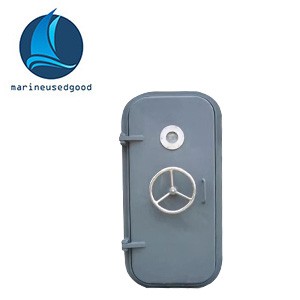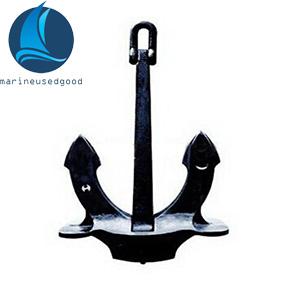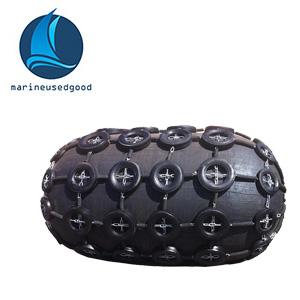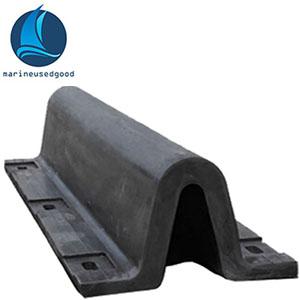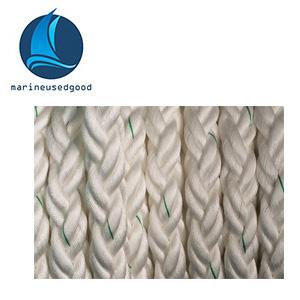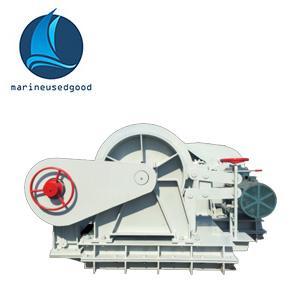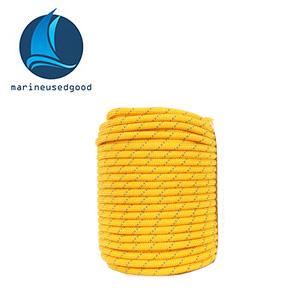Description
Material: steel, aluminum, stainless steel
can be customized as request
The marine watertight door is a door that meets the watertight requirements to prevent the hull from immersing in water once the hull breaks. The effectiveness of these arrangements is affected by a number of factors, but it is necessary to ensure that any watertight doors on the bulkheads are closed when the rupture occurs or almost immediately after the rupture. It is also necessary to limit the number of access openings provided on the partition bulkhead, and to implement the most stringent control of the operation of the marine watertight door provided for closing these openings. The entrances and exits on the watertight bulkheads below the bulkhead deck of the ship shall be provided with marine watertight doors, which are of sliding type, hinged type and rolling type.
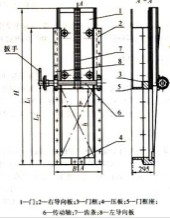
The marine watertight door is installed on the bulkhead of the ship's bai boat and the outer wall of the superstructure. The marine door can withstand a certain pressure and maintain the watertight requirements. It is used for the entry and exit of personnel and objects, and at the same time can prevent the spread of water, fire and poisonous gas in the ship, and ensure the non-sinking of the ship. It has the same strength as the hull structure where it is located. According to the shape of the structure, it can be divided into round, rectangular, oval, and round spherical pressure-resistant watertight doors on the pressure bulkhead of the submarine; according to the closing method, it is divided into hinged watertight doors and sliding watertight doors. The hinged watertight door is generally made of steel plate, which is divided into heavy and light. The door is equipped with rubber sealing strips, and the door is pressed against the door frame with several wedge-shaped handles to ensure watertightness. It can be opened and closed on both sides of the door. The sliding watertight door moves along the guide rail that is close to the wall. The slope of the door frame and the door panel cooperate to ensure watertightness. It is mostly used in places with pressure resistance and limited status. Both sides can be opened and closed and can be operated from a distance.
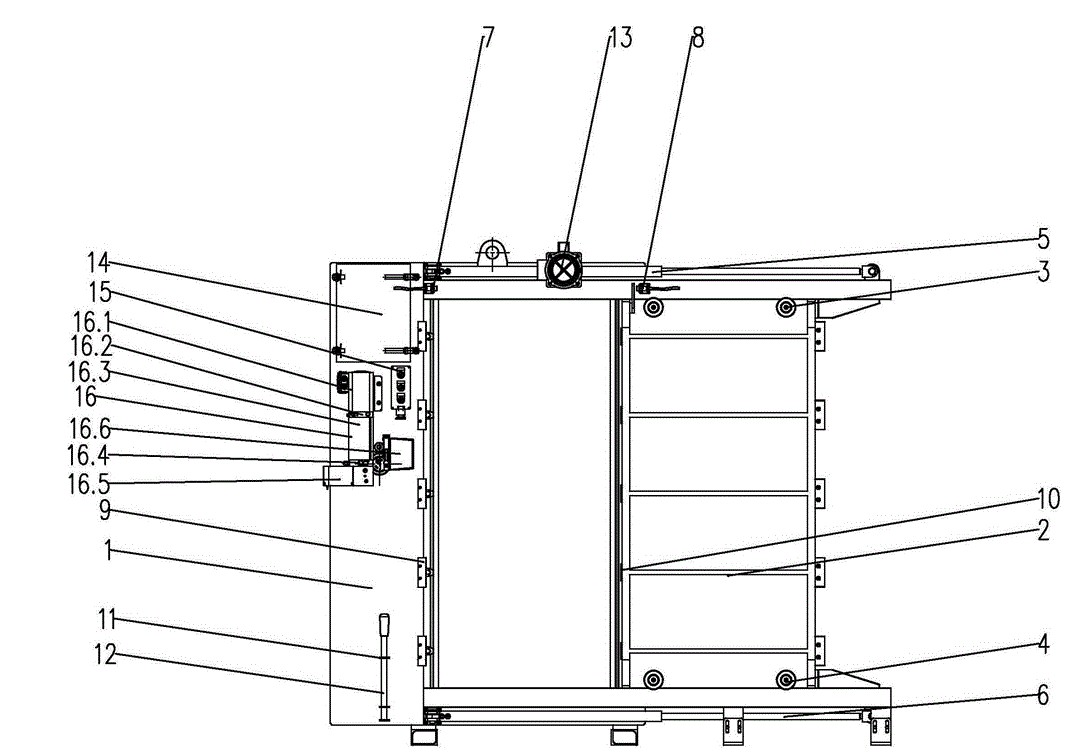
Marine watertight doors (WTDs) are installed to prevent the ingress of water from one compartment to another during flooding. They are usually located at the bottom part of the ship where the engines and shaft tunnel are found.
We provide marine armor, various steel, copper, aluminum alloy, stainless steel standard and non-standard door, window, cover, ventilation and other marine products. Our products are strictly tested by the ship inspection department and obtained CCS, ABS, GL, BV and other classification society certificates.
A door with watertightness provided on the watertight bulkhead. Commonly used are hinged watertight door and sliding marine watertight door. It is usually a metal door. The former is light in structure and easy to open and close; the latter is used in places with water pressure resistance and limited status. The structure is firm, but it needs to be equipped with a control system. As for the grade, installation space, quantity, tightness requirements, transmission mechanism control method and use conditions of the watertight door, there are corresponding provisions in the shipbuilding codes and relevant international conventions.
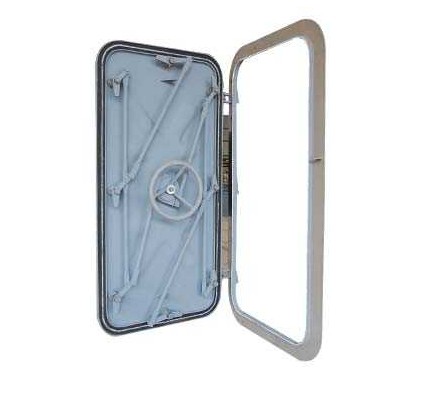
Requirements
Marine watertight door has the following three levels:
Level 1-hinged door; Level 2-manual sliding door; Level 3-power and manual sliding door.
All watertight doors on the ship should be kept closed during the voyage, and should be opened at any time when they must be opened during the voyage due to work requirements. Watertight doors on watertight bulkheads, whether powered or manually operated, should be operated daily when used in navigation. Sliding watertight doors should be inspected regularly during navigation, at least once a week.
The convention and regulations require that the watertight door should be a sliding door or a hinged door. Any watertight door operating device, whether powered or not, must be able to close the watertight door when the ship is inclined at 15°; sliding watertight doors should be provided on the bulkhead of the engine room and shaft tunnel, and the watertight door closing device should be able to Two-sided control and remote control. An indicator of the switch status of the watertight door should be provided at the remote control location; the watertight door should be able to be remotely closed from the operation room within a period of not less than 20s and not more than 40s, and should be equipped with other alarms different from the area Sound alarm device of the device. Whenever the electric power is used to close the door remotely, the audible alarm is maintained for at least 5 seconds before the door starts, but not more than 10 seconds, and continues until the door is completely closed. The power source, power control device and display should be automatically converted to be powered by an independent energy storage energy source or temporary emergency power source when the main power supply is lost, and should have sufficient energy to complete the operation. In the passenger area and the area where the environmental noise is greater than 85dB, an intermittent visual signal should be set at the door to supplement the audible alarm. [3] If the watertight door is very important for the safety of the operation of the ship, CCS (China Classification Society) confirms that if the required remote control indicator is provided, it can be allowed to be installed in the area only for crew access. Controlled hinged watertight door.
